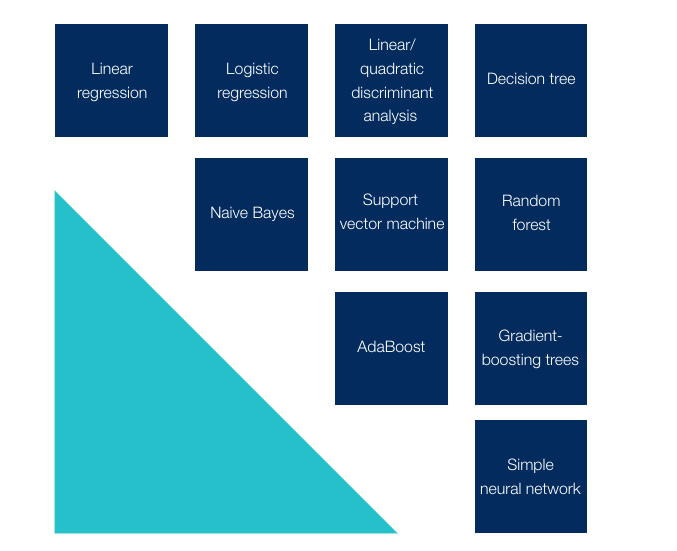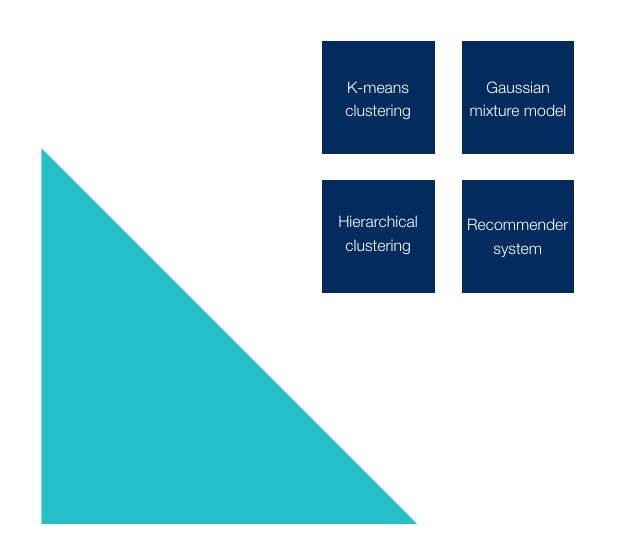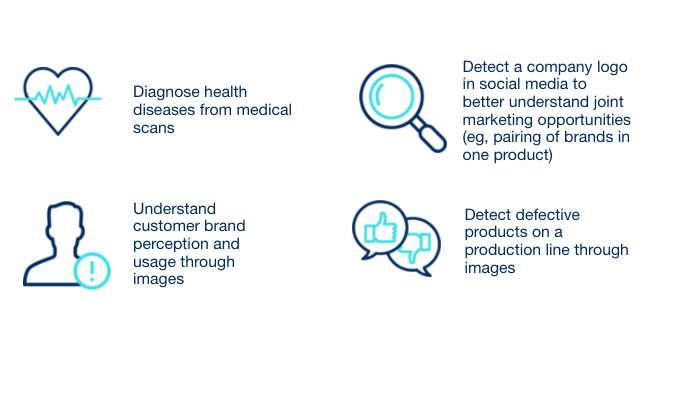McKinsey publised an online executive's guide to AI to cover the highlights of artificial intelligence.
The article starts with a brief definition of AI:
"AI is typically defined as the ability of a machine to perform cognitive functions we associate with human minds, such as perceiving, reasoning, learning, interacting with the environment, problem solving, and even exercising creativity. "
The guide continues with Why AI now?, a interactive timeline which presents the first technologies and innovations that led to AI.
The guide goes on with machine learning and the various type and some business use cases:
Supervised learning

Unsupervised learning

Reinforcement learning

The guide ends on the subject of Deep Learning, defining it as:
"Deep learning is a type of machine learning that can process a wider range of data resources, requires less data preprocessing by humans, and can often produce more accurate results than traditional machine-learning approaches (although it requires a larger amount of data to do so.)"
They present 2 majors models of deep learning and some business use cases:
Convolutional neural network

Recurrent neural network.

SOURCE AND TO READ THE FULL ARTICLE : https://www.mckinsey.com/business-functions/mckinsey-analytics/our-insights/an-executives-guide-to-ai










